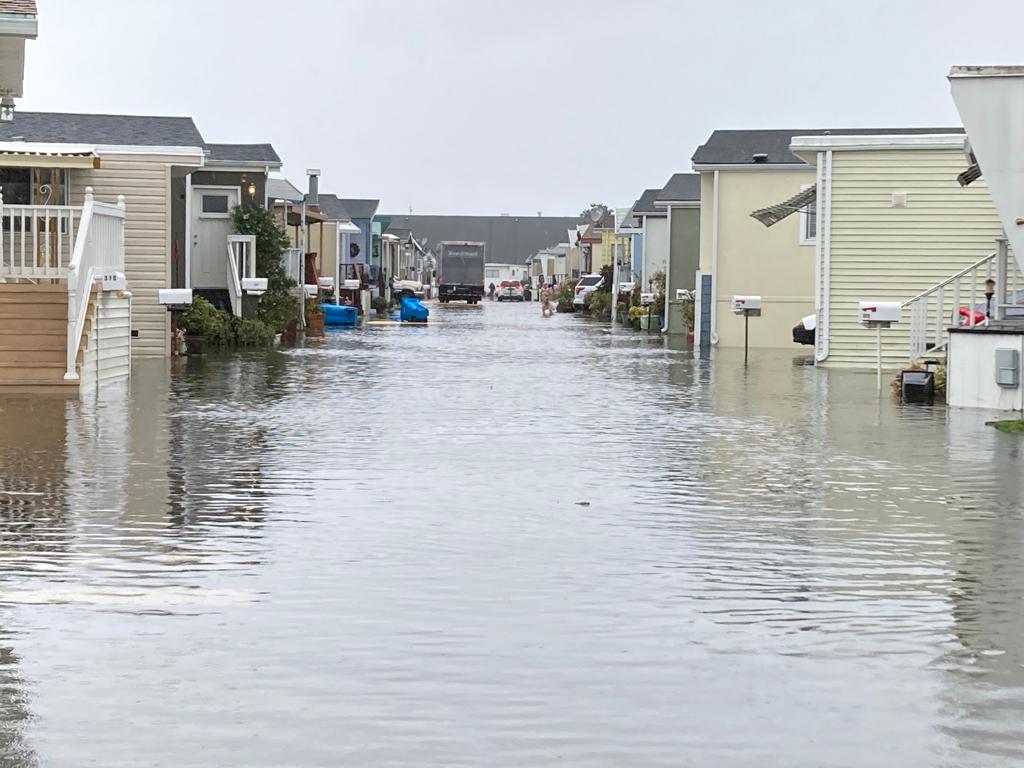
Following the storms recorded in California since late December 2022 and early 2023, the state prepared and is capturing and storing storm water, for which an executive order was issued to expedite the process.
As the governor Gavin Newsom issued an Executive Order to help accelerate groundwater recharge, stormwater capture, and conservation efforts, building on a historic $8.6 billion investment that also prioritizes reservoir storage, infrastructure improvements, and more.
The actions will help preserve supplies for communities, wildlife and the environment if dry conditions return to the state.
The state said it is expanding groundwater recharge by at least 500,000 acre-feet of potential capacity, streamlining permitting and funding $1 billion for groundwater recharge projects for 88,000 acre-feet per year.
The governor said he has allocated $176 million for 67 stormwater and permitting projects to take advantage of big storms, as well as supporting seven locally driven water storage projects that will expand the state's capacity by 2.77 million acre-feet, roughly three times the amount of water that Folsom Lake can hold. He is also working to expand the San Luis Reservoir by 135,000 acre-feet to store more storm runoff.
California is also already working to modernize aging water systems across the state to safeguard long-term water reliability and help store winter storm runoff.
Building on the $8.6 billion committed by Governor Newsom and the Legislature to build water resilience, the state is taking aggressive steps to prepare for the impacts of climate whiplash on California's water supplies.
In that regard, Newsom proposes an additional $202 million for flood protection and $125 million for drought-related actions.
The current administration said it will continue to optimize water storage to meet environmental needs in the summer and allow for carryover storage next spring if the spring becomes extremely dry.
It should be noted that the forecast allocation may be adjusted downwards if extreme drought conditions warrant.
Adding to this is the acceleration of investments in habitat restoration, including $52 million in grants announced last week to help restore and protect habitat for fish and wildlife throughout California.
You may be interested in: The Bay Area records significant snowfall not seen since 2011

